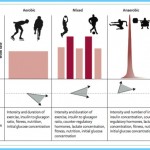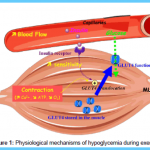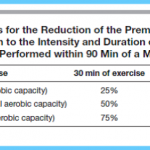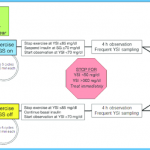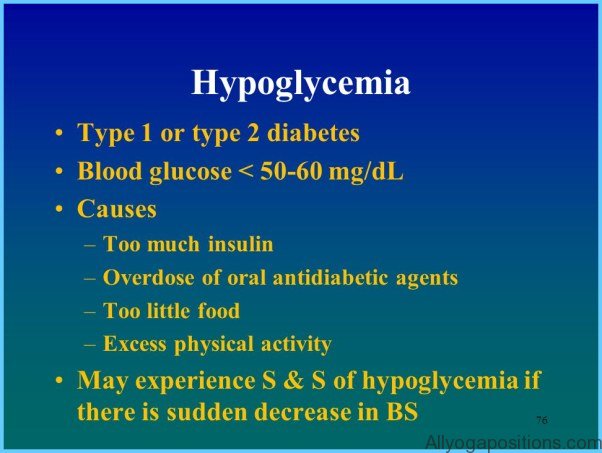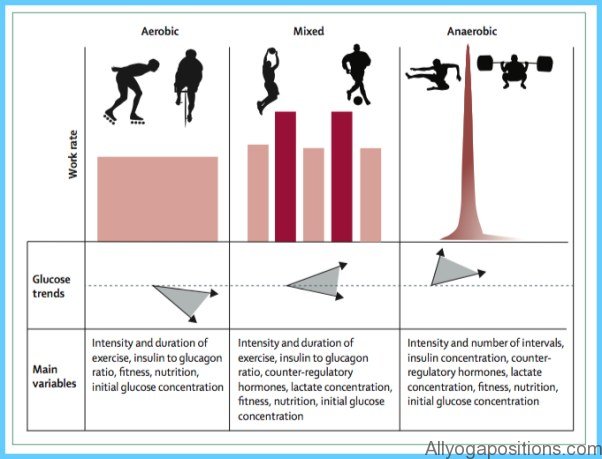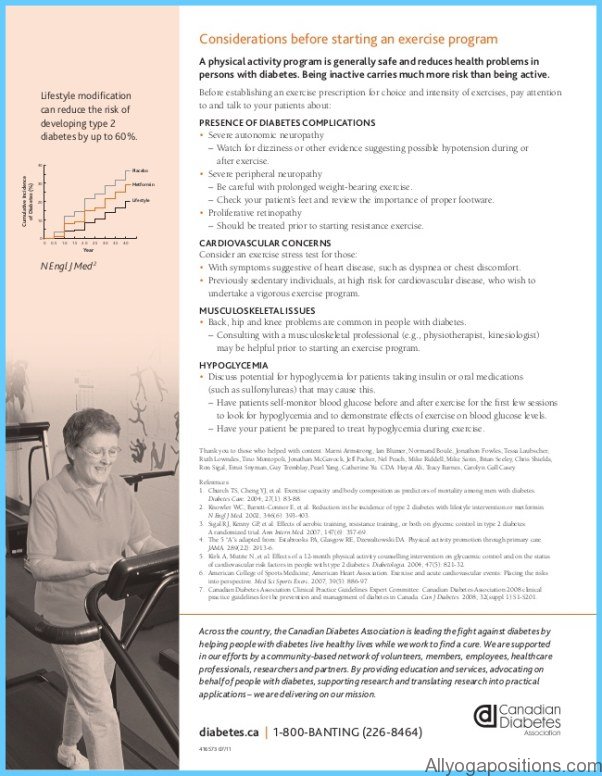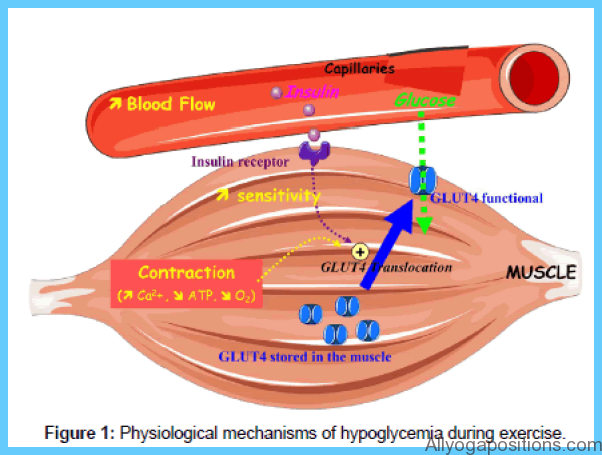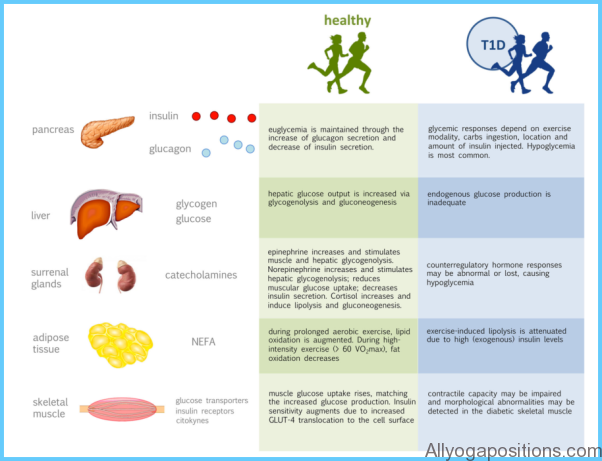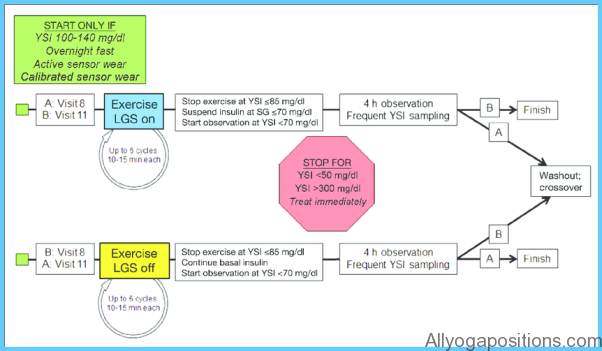When it comes to preventing hypoglycemia, I can’t neglect to mention the importance of a program of regular, moderate exercise. Exercise improves many aspects of blood-sugar control. Working out enhances your body’s sensitivity to insulin, improves glucose uptake by your cells and, interestingly, also increases the concentration of chromium in your tissues.
You don’t need to exercise vigorously to reap the benefits. In fact, working out too intensely may bring on hypoglycemia. If you exercise with someone, you should be able to carry on a conversation and be just a little breathless. If you work out at a gym, consult with a certified personal trainer to help you find your target heart-rate zone. Staying within this range while you exercise will prevent you from overdoing it. Good activities include brisk walking, jogging, stair climbing, swimming, rowing and cycling.
I usually tell my clients to aim for four workouts a week, each at least 30 minutes long. If you are not doing this much exercise right now, gradually work up to it.
Make sure you plan your snacks around your exercise session. If you eat lunch at noon and exercise at three o’clock (like me), you’ll want a snack about 30 minutes before you begin. At two-thirty, try a banana, yogurt or a small sports bar. Depending on what time you eat dinner, you’ll likely need to eat another small snack around four o’clock or four-thirty.
The Bottom Line…
Leslie’s recommendations for managing hypoglycemia
1. Eat every three hours to prevent your blood-sugar level from plummeting. If you get so involved in what you are doing that you forget to eat, set a timer on your computer or watch.
2. For the most part, choose carbohydrate foods with a low glycemic index value.
3. Include a source of soluble fiber at meals—oats, dried beans, lentils, citrus fruit or sweet potato. These foods are digested slowly and lead to more sustained energy levels.
4. Include protein foods at your meals, since this nutrient helps to slow down digestion.
5. Enjoy a tossed salad with a vinaigrette dressing at lunch and dinner. Studies have shown that vinegar slows the rate at which food leaves your stomach.
6. As much as possible, avoid caffeinated beverages and alcohol, especially on an empty stomach.
7. Boost your intake of chromium-rich foods such as unpeeled apples, green peas, chicken breast, refried beans, mushrooms, oysters, wheat germ and brewer’s yeast. Intakes of 125 to 200 micrograms per day might help reduce symptoms of hypoglycemia. If your multivitamin and mineral supplement contains less than 25 micrograms of chromium, consider adding a 200-microgram supplement to your daily nutrition regime.
8. Exercise at a moderate pace four times a week for at least 30 minutes in duration.


